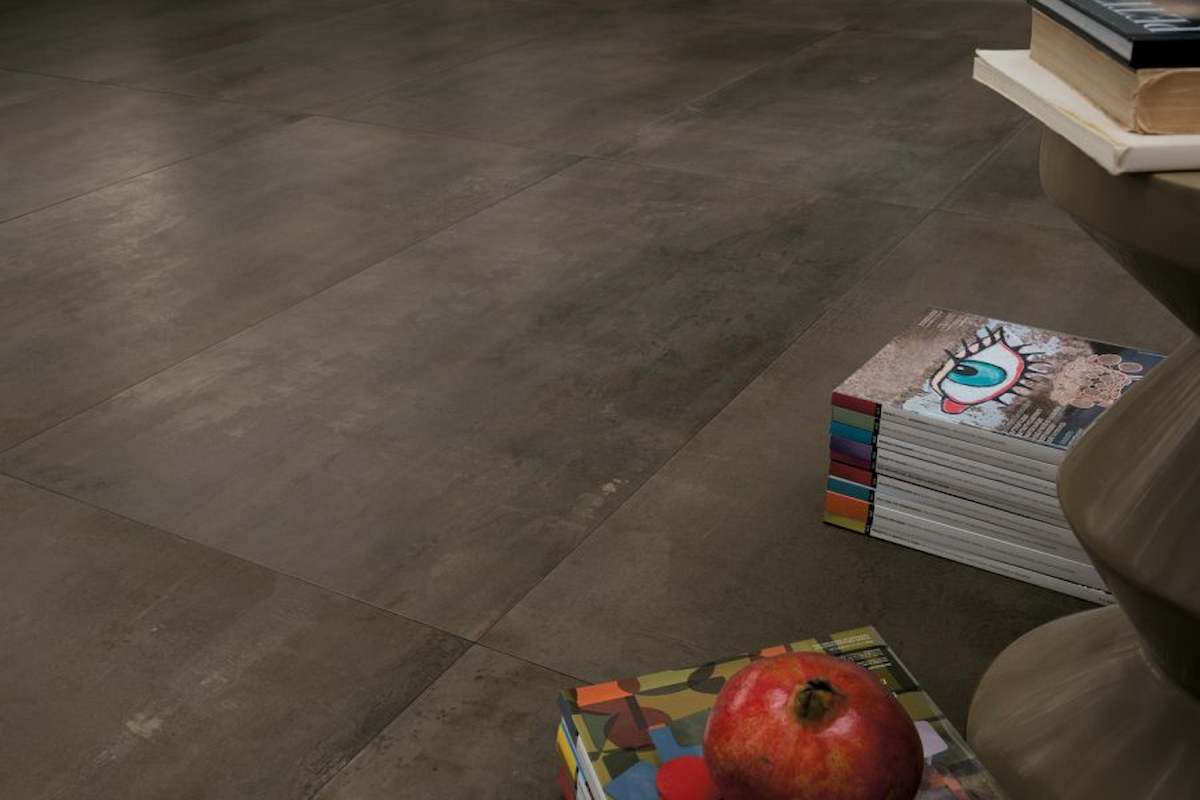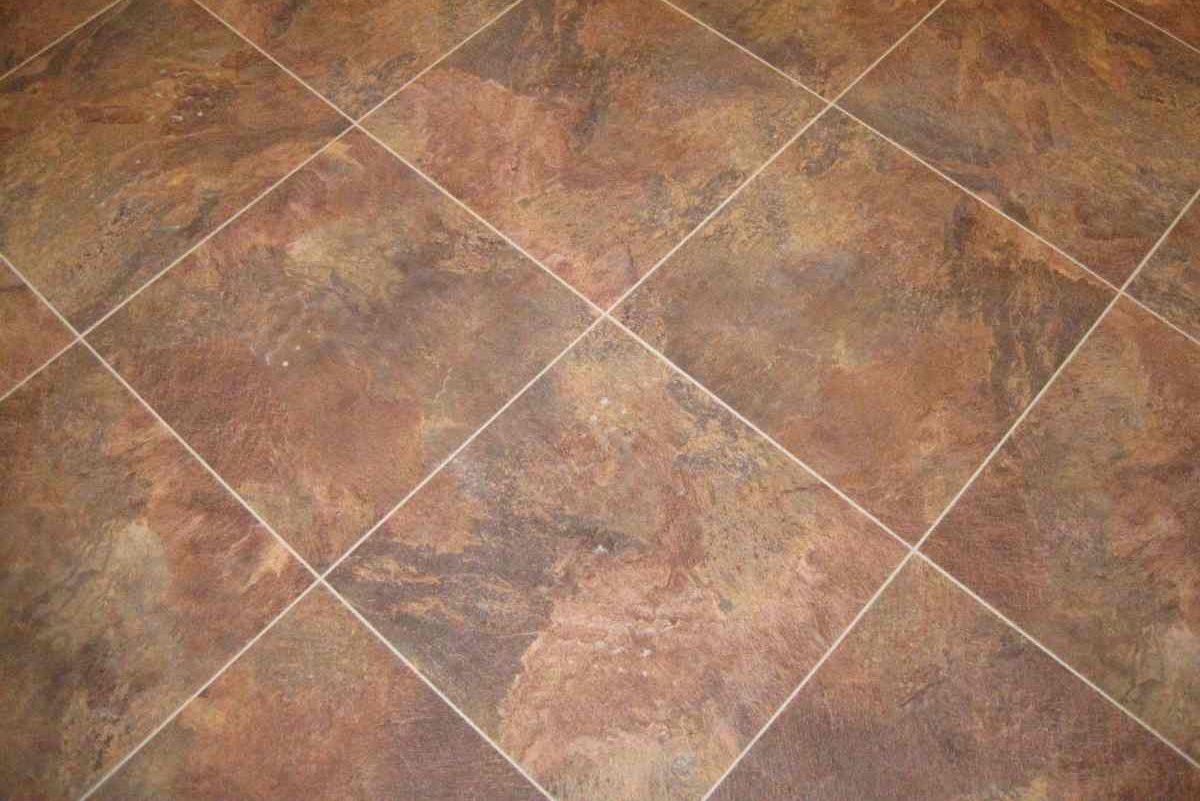Wall tiles and floor tiles can be any size or shape, particularly among artisan tile producers.
However, designing a kitchen or bathroom would be challenging with an endless number of sizes and without a guide. Therefore, it is standard practice for most tiles to have specific recommended sizes, not too long or large. Sizes vary according to the components and applications.
For instance, mosaic tesserae in smaller, 1-inch square proportions are frequently made of glass. Glass, however, does not function in bigger diameters of 1 foot or more. Larger format tile is typically preferred for flooring because it is easier to install and offers a smooth, continuous surface.
Mosaic in a 1-inch square
Individual tesserae in squares measuring 1 inch by 1 inch make up mosaic tile. Normally, a sheet of mosaic tiles that is approximately one foot by one-foot square is created by joining twelve rows by twelve columns of mosaic tiles.
With a tool knife, the mesh backing that keeps the tiles together may be removed from the back. Individual tiles can be prised off if necessary to fill in tiny gaps.
The most popular use for mosaic tile in homes is as backsplashes in the kitchen or bathroom and as a wall tile.

Ceramics, porcelain, and glass are the most often used materials for mosaics, followed by stone and metal.
Mosaic in a 2-inch square
Both loose and mesh-bound mosaic tiles with individual tiles measuring 2 inches square are offered. These 2-inch square tiles are big enough so that the texture and colors of individual tiles can be seen, unlike the 1-inch square tile, whose appearance is created as an amalgam of all the tiles.
Walls and backsplashes in bathrooms and kitchens are covered in two-inch square mosaic tiles. It is also utilized as flooring in some designs.
Mosaic tiles in the two-inch square format are available in ceramic, porcelain, glass, stone, and metal.
1-by-2-inch subway/mosaic blend
This kind of mosaic tile has a 1:2 aspect ratio, meaning that the width is twice as large as the height. This tile looks more like a mosaic tile and isn’t big enough to be called a true subway tile. The back of this mosaic/subway pattern is bonded with mesh.
This tile is frequently used as a wall wainscot or as a backsplash in kitchens and bathrooms.
A range of materials, including ceramic, porcelain, glass, stone, and metal, are used to make this tile.
Square Tile, 4-Inch by 4-Inch Dimensions The workhorse of tiled bathrooms and kitchens for a long time has been 4-inch tile. It is also the smallest tile with crossover potential, appearing on both floors and worktops.

Numerous surfaces, including worktops, backsplashes, showers, and tub surrounds, use four-inch square tile. The smallest tile you can typically buy for floors is four inches square.
Glass, stone, metal, ceramic, porcelain, and four-inch tiles are all available.
3-by-6-inch traditional subway tiles
The aspect ratio of subway tile is 1:2, making it easy to identify (height to width). True subway tiles come in sizes as tiny as 3 inches high by 6 inches wide.
Shower and tub surround, kitchen or bathroom backsplashes, and bathroom walls all use subway tile. It is never or hardly ever used as floor tile.
Although occasionally made of glass or metal, subway tile is most frequently composed of ceramic or porcelain.
The first size of floor tiles is a square tile measuring 12 inches by 12 inches. This smallest tile can be found in the greatest quantity on flooring.
There are smaller sizes available, although they are far less common. DIYers prefer twelve-inch square tile because it is simple to handle and will fit in most wet tile saws and snap tile cutters.
Despite being mostly utilized for floors, 12-inch square tile can sometimes be seen on walls.
The most popular materials used to make 12-inch square tiles are stone, ceramic, and porcelain.
Plank tiles measuring 4 by 24 inches

A more recent addition to the tile industry is plank tile. This long, narrow tile is intended to resemble wood plank flooring naturally.
Though widths can reach as high as 12 inches and lengths can reach 4 feet, the smallest size typically observed is 4 inches wide by 24 inches long.
Flooring is made of plank tile. It makes an acceptable substitute for wood flooring when wood cannot be utilized, primarily in bathrooms, basements, laundry rooms, and other high-moisture situations.
Despite the fact that plank tile flooring is only meant to be used on floors, it can occasionally be artistically applied to accent walls, wainscot, and backsplashes.
Stone is never used to make plank tiles; only ceramic or porcelain can be used. There is no wood or other biological substance in the plank tile.
Tile, 12 by 24 inches
These large, rectangular tiles are among the best-selling and most often used floor coverings available because they have a more upscale appearance than 12-inch square tiles. They are frequently found in linen-like textures.

Although larger areas can also utilize these tiles for walls, flooring is where they are most frequently used.
Tile measuring 12 by 24 inches frequently contains ceramic, porcelain, and stone materials.
24-inch square tiles
The largest tile you’ll find on the domestic consumer market is 24 inches square. Due to their size, these tiles give many homes a great, regal appearance.
Almost always, this tile is utilized as flooring. As an installer, one benefit of these ultra-large format tiles is that there are fewer tiles to lay. However, you must install the tiles with the utmost accuracy.
A room with suitable space to display large format tiles is necessary. Avoid installing tiles this size in bathrooms that are small or even moderately large.
Stone, porcelain, and ceramic are often used materials for 24-inch square tiles.












Your comment submitted.